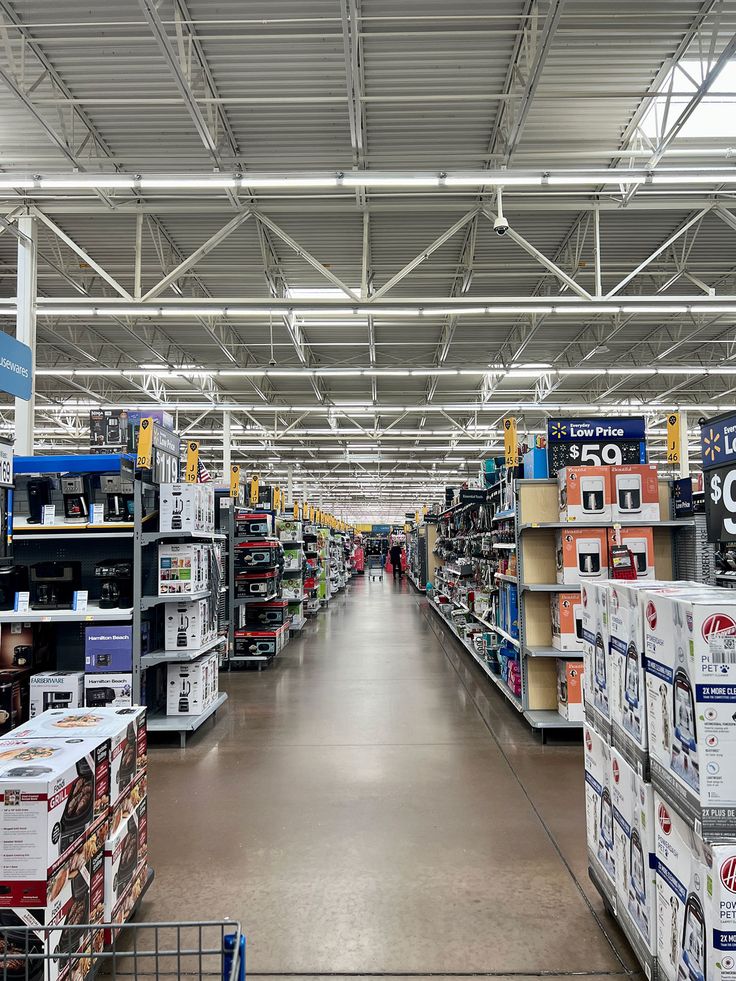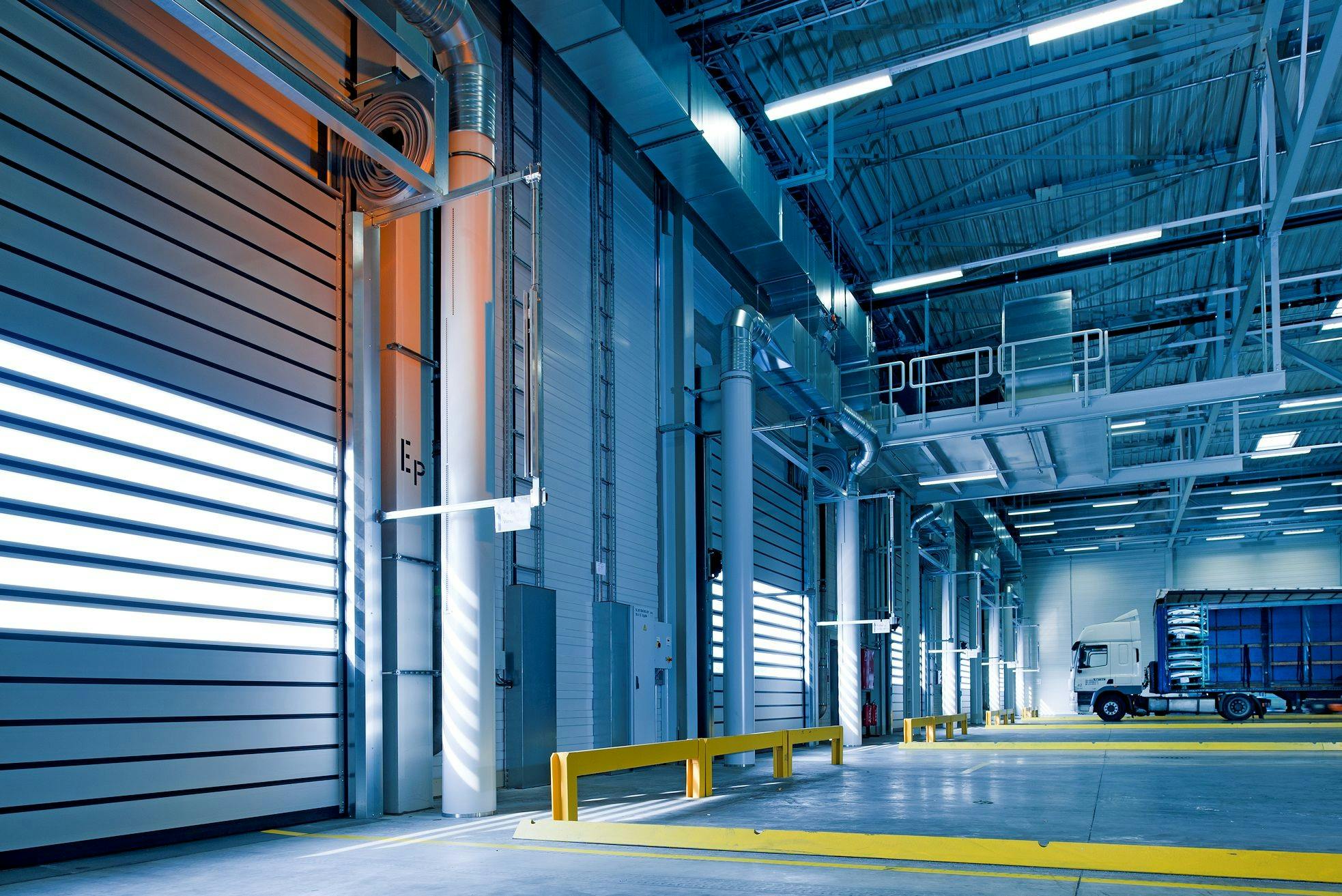Hypermarket Industry
So, what is a hypermarket exactly?

Hypermarkets are frequently found on the fringes of cities because to their massive floor area requirements. Customers are discouraged from making regular and urgent purchases because of this aspect of hypermarkets. Therefore, purchasing from local markets or even trying online might be a sensible option for them.
Hypermarkets are this on a planned, recognized, and structured level.
1. Walmart
The world’s biggest hypermarket brand is Walmart. In terms of revenue, it is also the biggest retailer, topping even Amazon with a total of almost USD 600 billion. In addition to its eCommerce channel, Walmart currently operates a network of 10,500 shops and clubs throughout 19 countries. But that is not how things started for Walmart. Sam Walton built the first Walmart store in 1962 in Arkansas, USA. Walmart did, however, open its first Supercenter in Washington in 1988. The characteristics of a hypermarket and a supercenter are nearly identical.
It would be impossible to sum up all of Walmart’s clever moves to explain its current domination in the worldwide hypermarket market in a few words, but here are two instances. As early as the 1980s, Walmart installed computerized point-of-sale (POS) systems in their stores. At around the same time, Walmart had its own private satellite communication system in the US that supported phone, data, and video communication for its operations. These kinds of choices demonstrate how Walmart developed the technologies needed to support large-scale activities, such as those involved in operating hypermarkets.


2. The Black Group
3. Target
Target is another well-known American retail brand that was founded in 1902. It was in 1995 that the first SuperTarget shop opened its doors in Nebraska. At the moment, Target generates over $100 billion in revenue. In the US, the company operates a vast network of more than 1900 outlets. We were unable to verify whether Target stores existed outside of the United States.
Target has a very successful business model thanks to its strategy of leveraging private-label products. Better margins are obtained with the aid of private-label brands. But without guaranteeing quality and the existence of confidence and loyalty on the umbrella brand in question, it fails.

A Large Clientele Is Necessary
Finding commercial real estate space for the establishment of large businesses, such as factories or hypermarkets, is gradually becoming a reality almost everywhere in the world. Here, finding a good location for the space is the issue, not simply the expense of renting or leasing. The amount of land resources being used for residential and commercial reasons has grown like a wildfire, spreading from metropolitan boundaries to the countryside. Making the most of what is available to hypermarket brands is the only option left to them in the absence of government business promotion programs and local and regional considerations.

Needs Large Space and Expensive Rentals
You can't do it, Small
Starting and operating a hypermarket on a modest scale is impossible. A hypermarket may require anything from 54,000 to 161,000 square feet of floor space. The value of an inventory investment can reach millions, while the merchandising mix can reach hundreds. Establishing a hypermarket requires significant financial outlays, strong operational frameworks, and top-notch infrastructure and customer service standards. For the average person, hypermarket business is a faraway topic due to the absence or incapacity to provide any of these components. Governments and financial ecosystems play a critical role in the launch of large-scale enterprises. Hypermarket business consultants can assist with matters pertaining to business planning and setup.
Having an Impact on Consumer Behavior
Foot traffic is not guaranteed by favorable market data; hypermarkets exist for a variety of reasons. Why would a single consumer choose to patronize a recently opened hypermarket instead of their neighborhood supermarket or department store? Do they receive any further benefits? Is the advantage sufficient to justify this change? Small enterprises are no different. They won’t change their current systems unless they have a stronger justification.
However, there are also a few things that favor hypermarkets. One is that the concept itself is new. Hypermarkets are not at all like what consumers may have seen or seen in the past. Second, individuals can plan their purchases from hypermarkets if doing so would relieve them of the traffic problems and allow them to have a tranquil shopping experience away from the bustle of the city and the routine of everyday life.

Why Choose TRS as a Hypermarket Business Consulting Partner
1. Market Analysis
2. Analysis of Location
3. Development and Validation of Business Models
We assist clients in identifying and mapping robust, distinctive, and long-lasting value propositions in the development of hypermarket business models. In hypermarket business model validation, we review proposed business models to determine their viability and resilience in the current business climate and provide actions for improvements. In both situations, the value chains that outline the most effective path to develop and distribute the selected value propositions to the target segments are defined by our experts.
4. Planning the Layout
Planning a layout is not a decision that can be made alone. Other significant elements including location, space volume, visual merchandising, organogram, and marketing goals both influence and are influenced by it. For instance, to give a store a larger physical look, a location that is farther away but has greater space can be used. This has an impact on the store’s layout design. We offer a variety of layout solutions for hypermarket layout planning while taking into account each client’s particular limits, needs, and preferences.
5. Planning for Operations and Using Process Automation
In an unfavorable operating climate, hypermarkets cannot prosper. It is justified by the huge volume of business. For this reason, most large retail businesses use operations planning and process automation solutions based on SOPs. One of our primary competencies is the development and implementation of SOPs for business process and operations management. We assist in the discovery and selection of hypermarket process automation solutions in addition to developing and assisting with the implementation of hypermarket SOPs.
6. Commercial and Financial Planning
The financial and commercial aspects of establishing and operating a hypermarket cannot be handled according to standard guidelines of caution and skill since they include significant investments and operating costs. Having worked with retail businesses of all sorts for more than 11 years, we know that the stakes in the hypermarket industry are just too high.
We measure and provide the business commercials necessary to move business ideas off the table and into the realm of commercial possibility in the financial and commercial planning for hypermarket firms. Demand forecasting, purchase planning, sales and revenue predictions, analysis of CAPEX and OPEX requirements, predicted P/L statements, ROI and break-even period analysis, and other metrics as appropriate are important topics included in these evaluations.
Please send us a note if you would like more information about our hypermarket business consulting services or if you would like one of our hypermarket business planning specialists to answer any questions you may have regarding your company.
FAQs
A Hypermarket: What Kind of Business Is It?
Hypermarkets are large, self-serve shopping establishments that resemble warehouses. Certain Walmart or Decathlon-branded stores fall under this category. Although a hypermarket’s internal organization resembles a warehouse, it looks like any other large supermarket or food shop for both bulk and low-cost purchases.
How Can I Turn My Supermarket Into a Hypermarket?
When comparing the two, it becomes clear that supermarkets and hypermarkets are very different. A really huge SUV, for instance, would not be considered a truck. For comparison, hypermarkets are comparable to those trucks, while supermarkets, department stores, and grocery stores are all smaller automobiles.
Some crucial factors that should be carefully considered if a supermarket is being converted into a hypermarket are:
- Does the available floor area fit the needs of a hypermarket? (Also consider the huge merchandising needs.)
- Can huge discounts like those found in hypermarkets be offered?
- Is the number of consumers (including individuals and companies) sufficient to generate the volume of sales required to support a hypermarket’s commercials?
- Are there manufacturers or suppliers that can offer vast quantities of product at steep discounts?
- Are the services and logistical infrastructure required to meet a hypermarket’s inventory appetite levels available?





